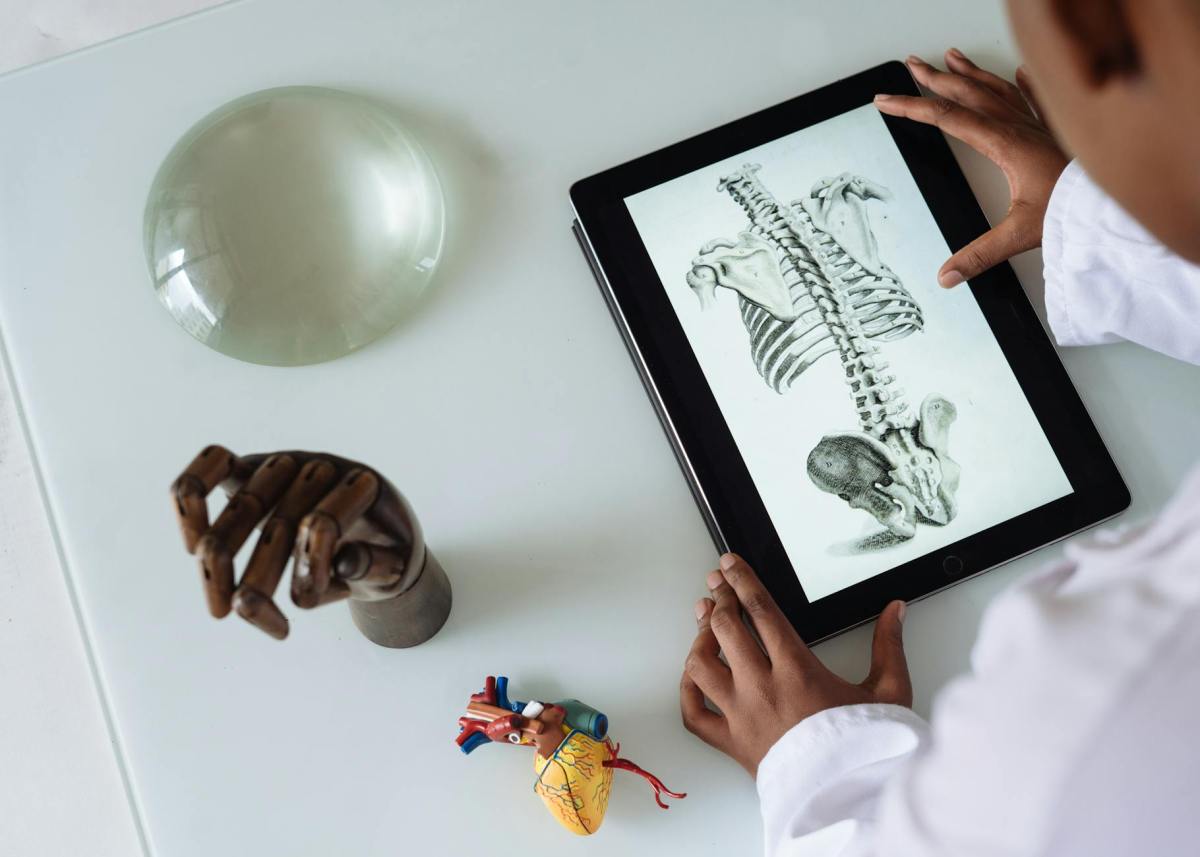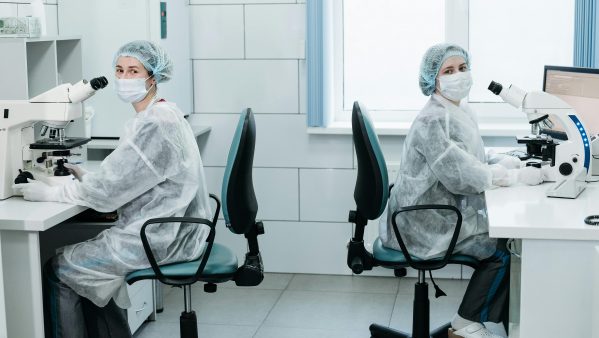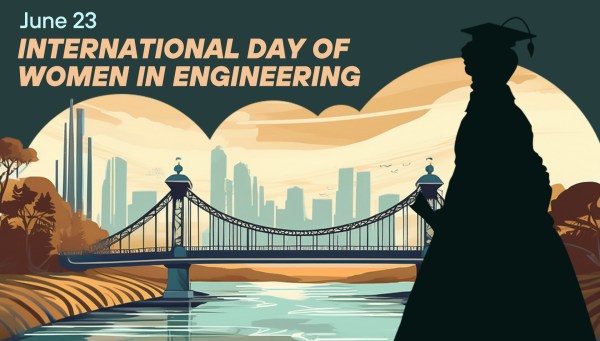Origin of the International Day of Women and Girls in Science
In December 2015, the United Nations General Assembly established February 11 as the International Day of Women and Girls in Science, a day implemented by UNESCO and UN Women.
According to UNESCO itself, this Day of Women and Girls in Science “is an opportunity to promote full and equal access and participation in science for women and girls.”
According to the organization’s own data, only one-third of the world’s researchers and 35% of students in STEM careers are women.
A slightly lower percentage, namely 30%, is the number of countries in which research parity had been achieved in 2016.
Lovelace, Curie and Franklin: women leaders in science and technology
Among some of the women who have changed history we can find several related to the world of science or technology.
Ada Lovelace (1815-1852)
The woman considered to be the first programmer in history even has a specific day, Ada Lovelace Day.
This British woman, born Augusta Ada Byron (daughter of the poet Lord Byron) excelled in several fields, although she is recognized worldwide, as mentioned above, for her contribution to computer science.
Her contributions served as the basis for the design of the first electronic computer with the development of the first algorithm to be processed by a machine.
Marie Curie (1867-1934)
When it comes to female references in the field of science, Marie Curie (Maria Sklodowska by her birth name) is certainly one of the most emblematic names.
This Polish scientist based in France reached the historic milestone of being both the first woman to receive a Nobel Prize and the first person to win this award twice. Specifically, the Physics Prize in 1903 and the Chemistry Prize in 1911.
In fact, more than a century later, she continues to be the only woman to have won the prize.
Another barrier broken down by Curie was even posthumously, since she was the first woman to be buried in the Pantheon in Paris, where her remains were transferred in 1995, six decades after her death.
Hedy Lamarr (1914- 2000)
This Austrian-born, later naturalized American actress and inventor, known for a decades-long career in Hollywood, also made film history: she became the first actress to appear nude in a film, namely the Czechoslovakian film ‘Ecstasy’ (1933).
In addition to her film career, she also developed another professional aspect related to engineering.
Lamarr invented the first version of the spread spectrum, which allowed long-distance wireless communications later used for basic technologies in our daily lives such as Bluetooth, GPS and Wi-Fi.
Rosalind Franklin (1920-1958)
The contributions of this British chemist and crystallographer were useful for the understanding of molecular structures in DNA, RNA or viruses.
Using the technique called X-ray crystallography, she captured an image of DNA, the so-called Photograph 51, with which James Watson and Francis Crick later identified and understood its structure, for which they subsequently received the Nobel Prize for Medicine in 1962.
There is some controversy as to whether Franklin’s contribution should also have made him worthy of receiving this award, although it is true that it would have been posthumously, since he had died four years earlier, in 1958.
Margarita Salas (1938-2019)
The Spanish Margarita Salas, one of the most famous Spanish inventor women, stands out for the discovery of the DNA polymerase of the bacteriophage phi29 virus, which has a crucial application in biotechnology: it allows DNA to be amplified simply, quickly and reliably.
This breakthrough is especially relevant for its use in forensic medicine, oncology and archeology, among other areas.
As a curiosity, and to understand the relevance of this scientific breakthrough, the patent for the phi29 DNA polymerase method is still the most profitable patent filed by the CSIC, representing between 2003 and 2009 more than half of the royalties of this organization.
Telefónica: STEAM Women and Hacker Women
Telefónica has different initiatives to support the scientific-technological work of women.
Although first we must clarify the difference between two very similar terms, STEM and STEAM. The first one refers to Science, Technology, Engineering and Mathematics while the second one adds the Arts with the objective of incorporating a creative approach complementary to the learning of scientific programs.
#GirlsLoveTech
#GirlsLoveTech wants to transmit Telefónica’s passion for technology and innovation to the younger generations, to achieve this, this initiative brings together experts from the operator who voluntarily dedicate their time to develop activities with girls, young women or university students.
This initiative makes female talent visible and connects it with the new professions existing in the industry so that the youngest can find real references that inspire them and help them to guide them and provide answers to their doubts.
This program provides direct access to Telefónica mentors who can guide them in their professional career or the path of their own future.
Lady Hacker
On the other hand, Telefónica Tech’s Lady Hacker initiative seeks to make the role of women in the technological field more visible by making girls aware of their potential to study STEM careers.
To this end, it is essential to have female role models that break down barriers.
An example of this is Girls Inspire Tech, in whose most recent event 80 boys and girls between 10 and 12 years old, accompanied by experts from Telefónica Tech, solved a series of riddles about AI, Cloud, IoT, Big Data, drones and cybersecurity.
World Science Day
Apart from February 11, there are other important dates for the scientific world.
One example is World Science Day, an event that has been marked on the calendar every November 10 since 2002.
This commemoration seeks to renew the commitment to science for peace and development, emphasizing that this discipline can help to eradicate poverty.
Likewise, Science Day can help to raise public awareness of the relevance of this discipline and its role as a tool for bridging the gap between science and society.









